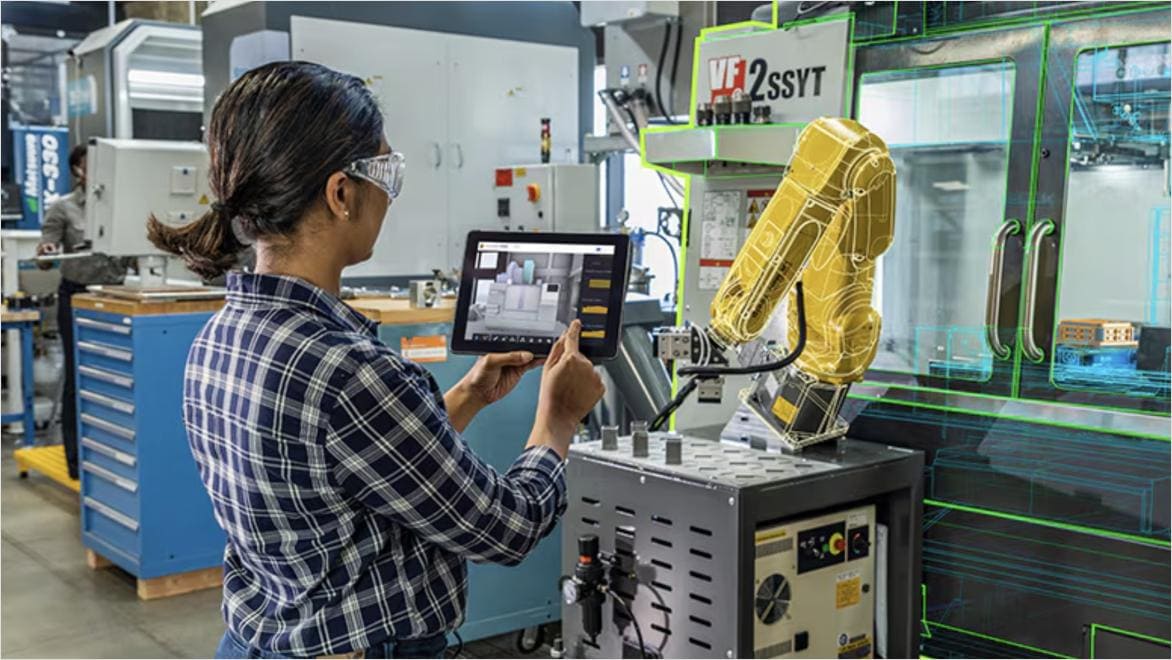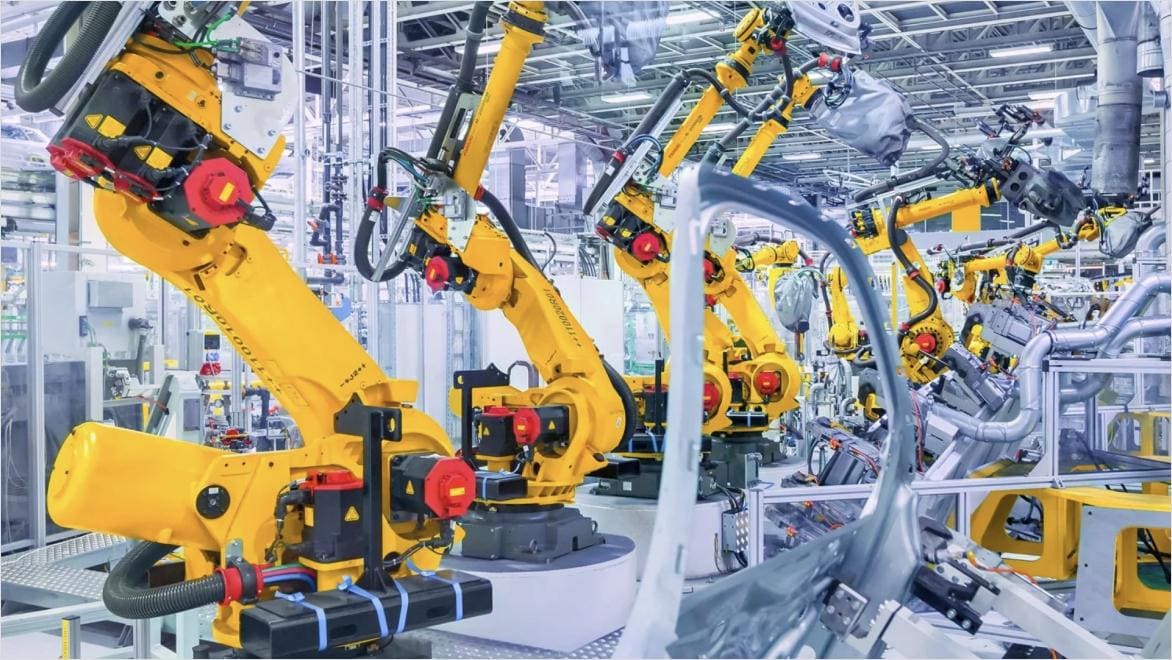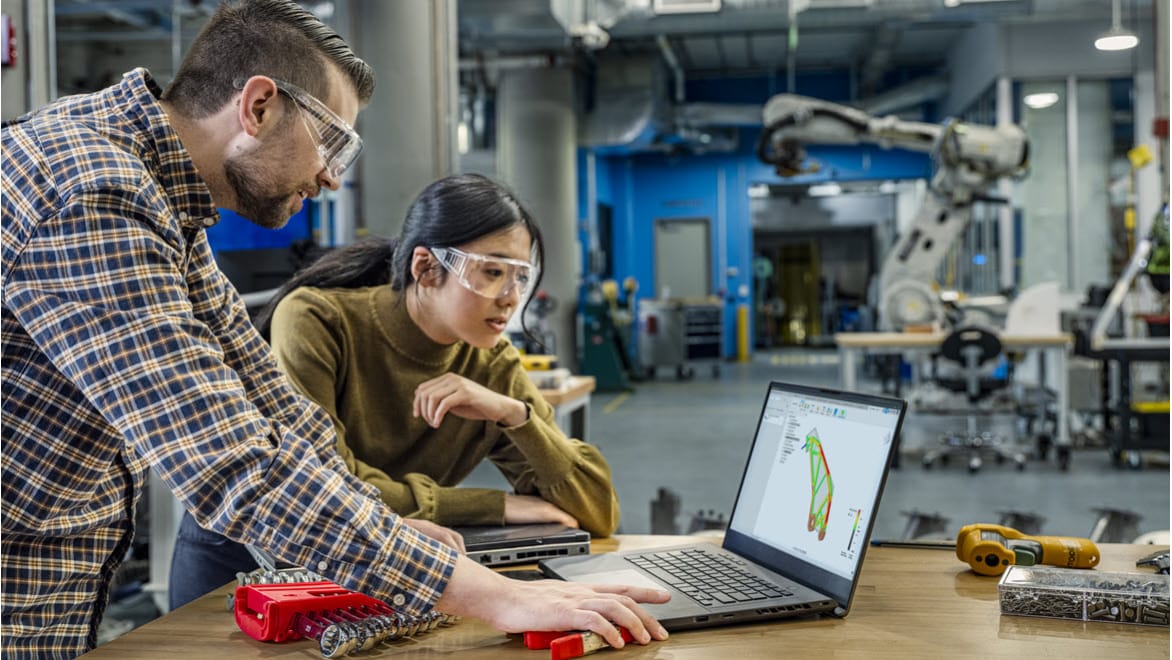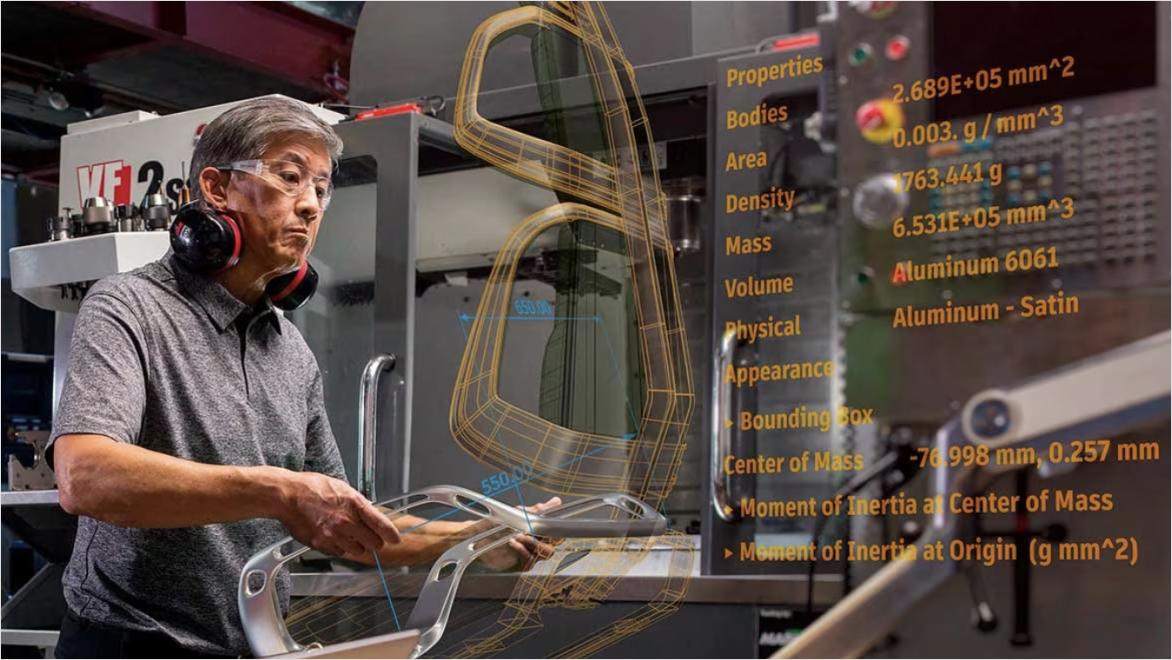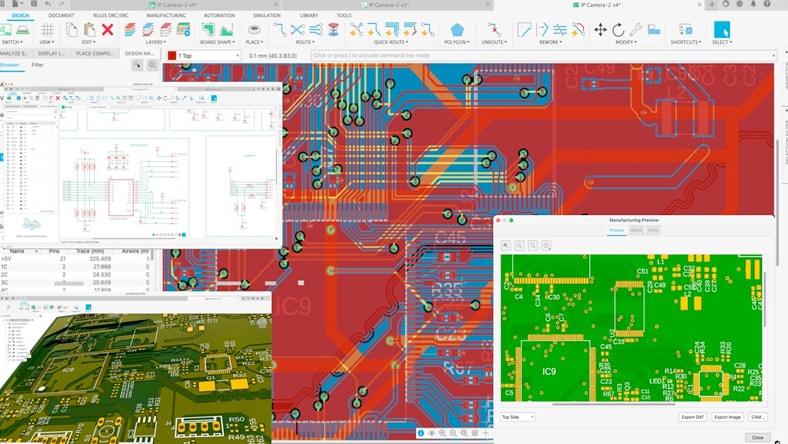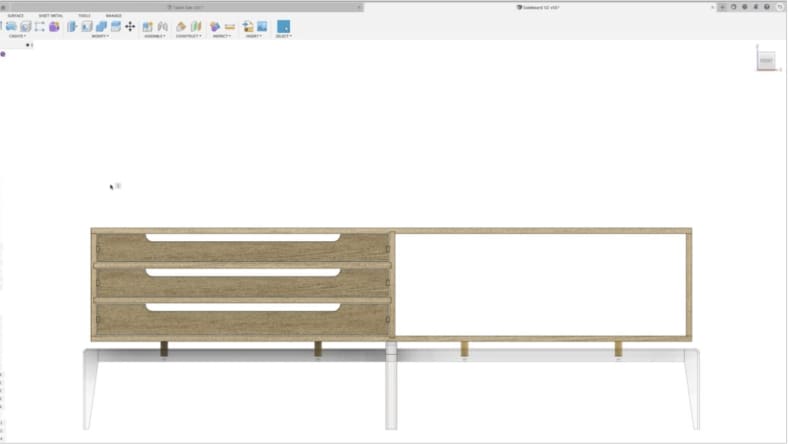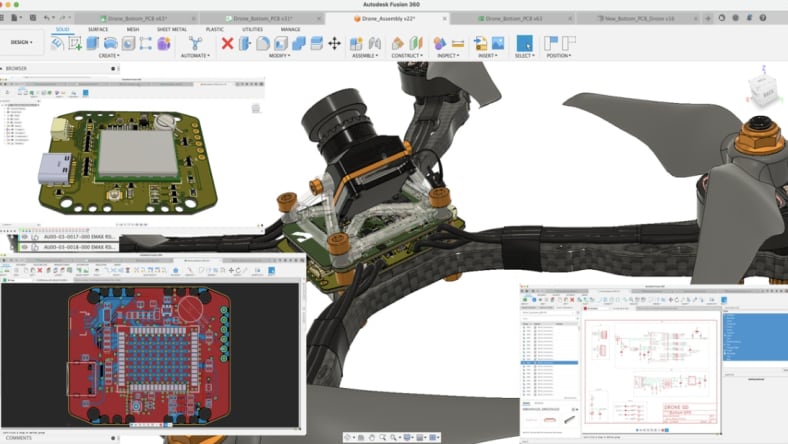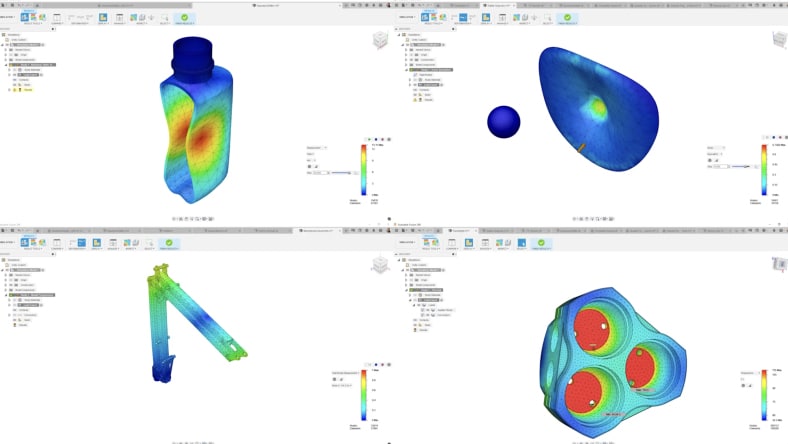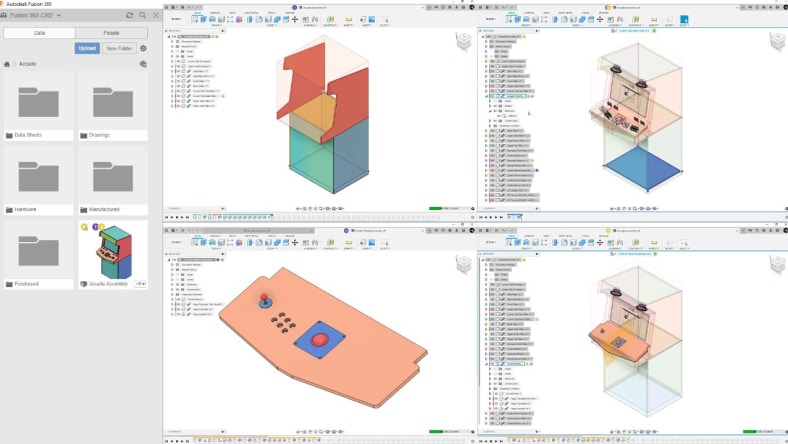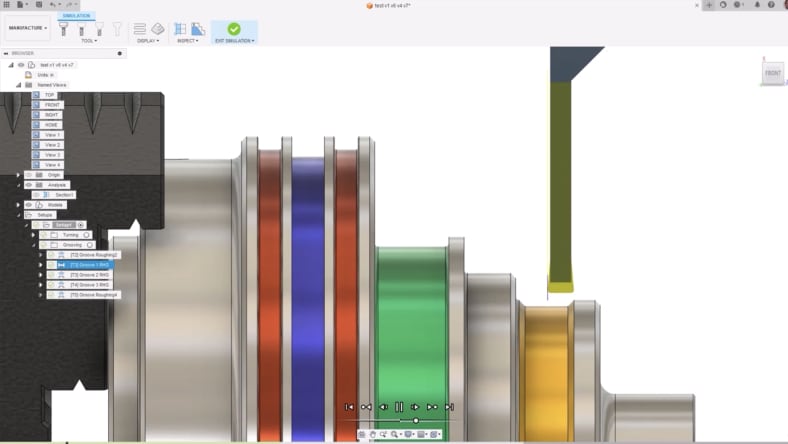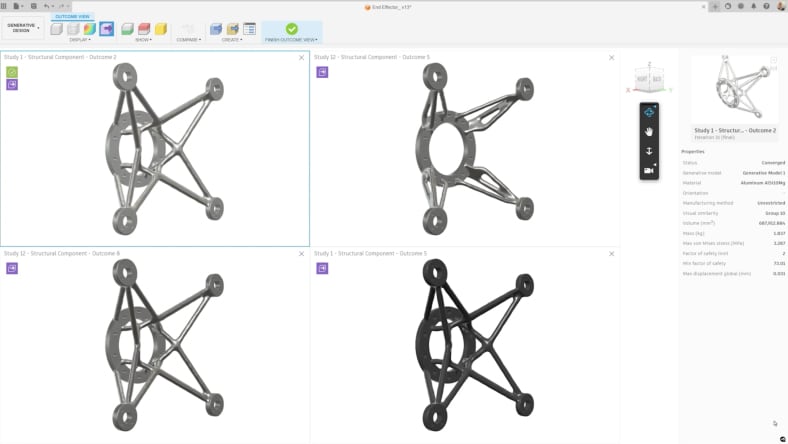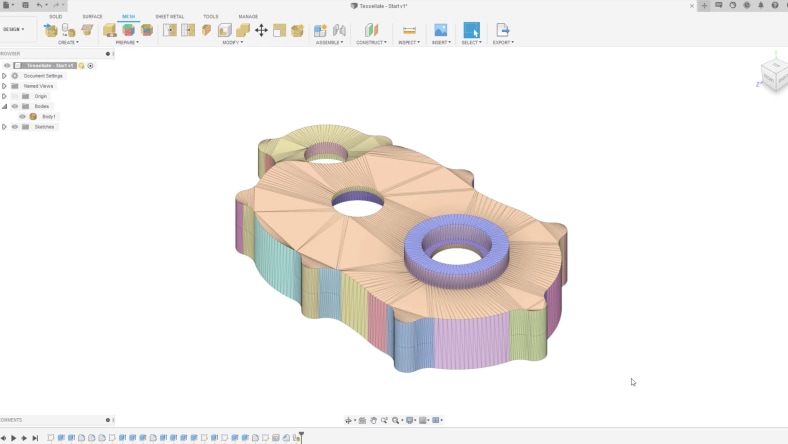Mechatronics engineers have a wide range of career opportunities in various industries, including:
- Automotive Engineering: Mechatronics engineers can work in the automotive industry, designing and developing advanced safety features and performance systems. Their expertise is crucial for the development of electric vehicles, autonomous driving technologies and smart infotainment systems.
- Robotics: Mechatronics engineers can work in the robotics industry, designing and developing industrial and service robots. Their skills are essential for creating robots that can perform complex tasks with high precision and reliability.
- Aerospace: Mechatronics engineers can work in the aerospace industry, designing and developing advanced flight control systems and UAVs. Their contributions enhance the safety, efficiency and performance of aerospace technologies.
- Medical Devices: Mechatronics engineers can work in the medical device industry, designing and developing advanced medical devices such as surgical robots and diagnostic equipment. Their innovations improve patient care and enable new medical procedures.
- Project Management: Mechatronics engineers can work in project management, overseeing the design and development of complex systems and ensuring that projects are completed on time and within budget. Their interdisciplinary knowledge makes them well-suited for coordinating diverse engineering teams.
Mechatronics engineers can also work in research and development, designing and developing new technologies and products. They can also work in academia, teaching and conducting research in mechatronics and related fields. The diverse skill set of mechatronics engineers opens up numerous career paths, allowing them to contribute to a wide range of industries and technological advancements.



